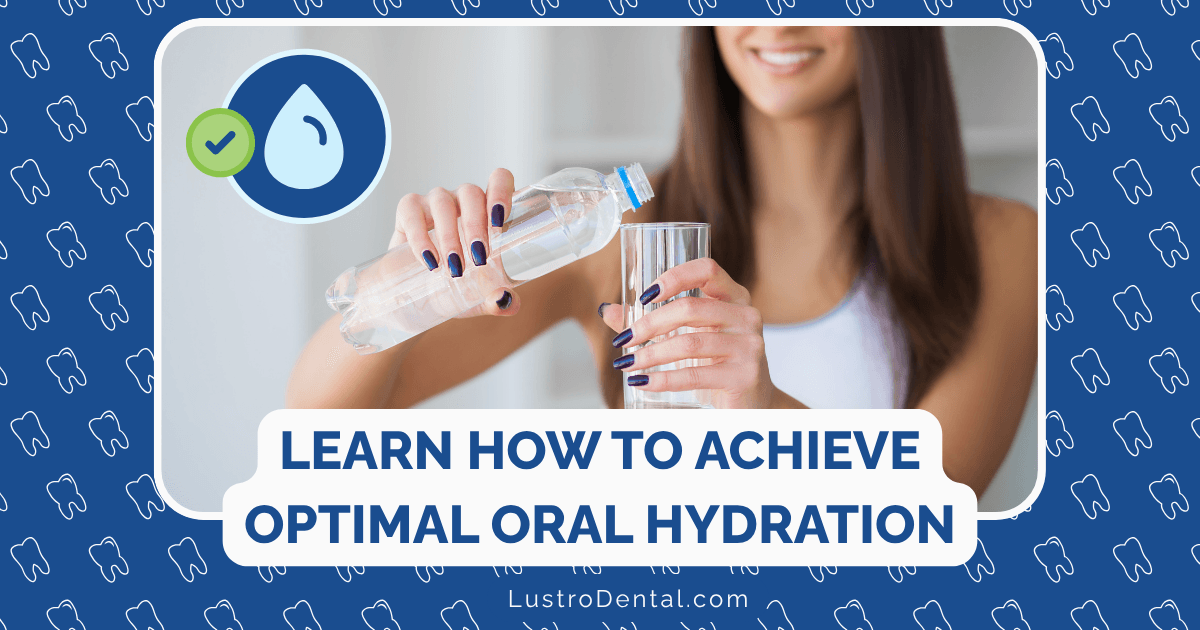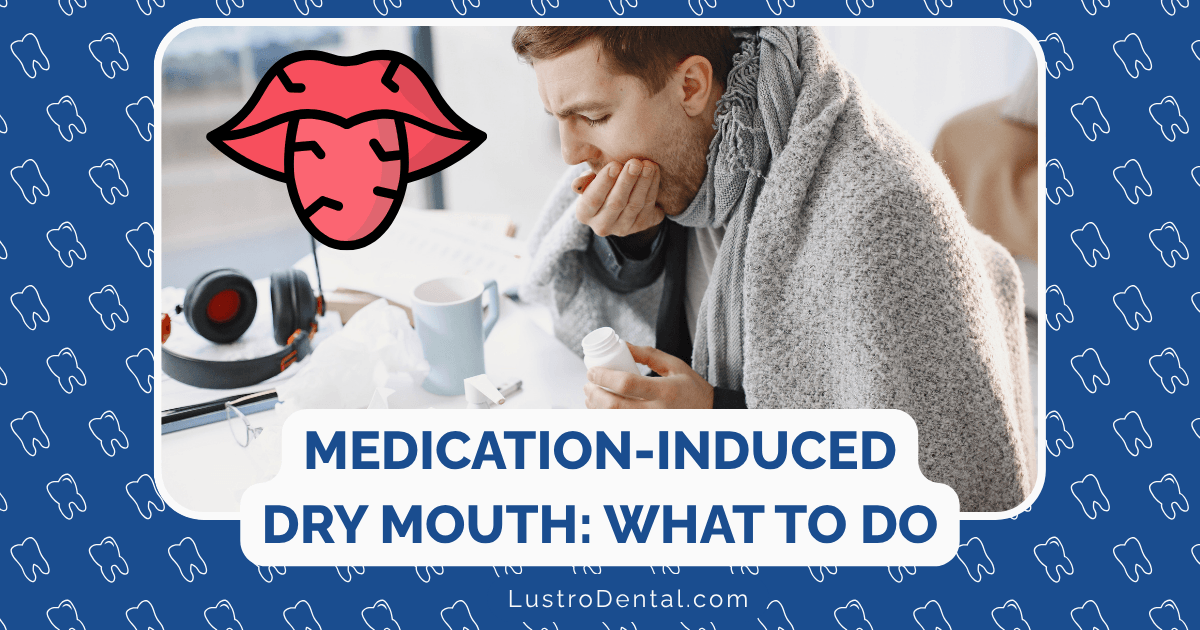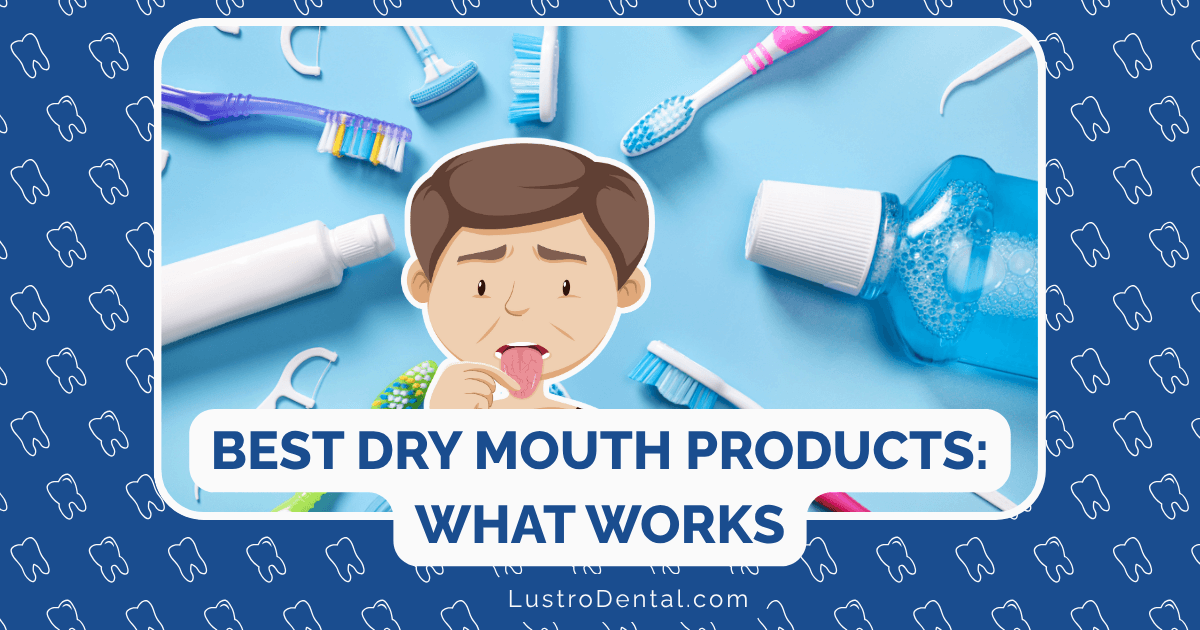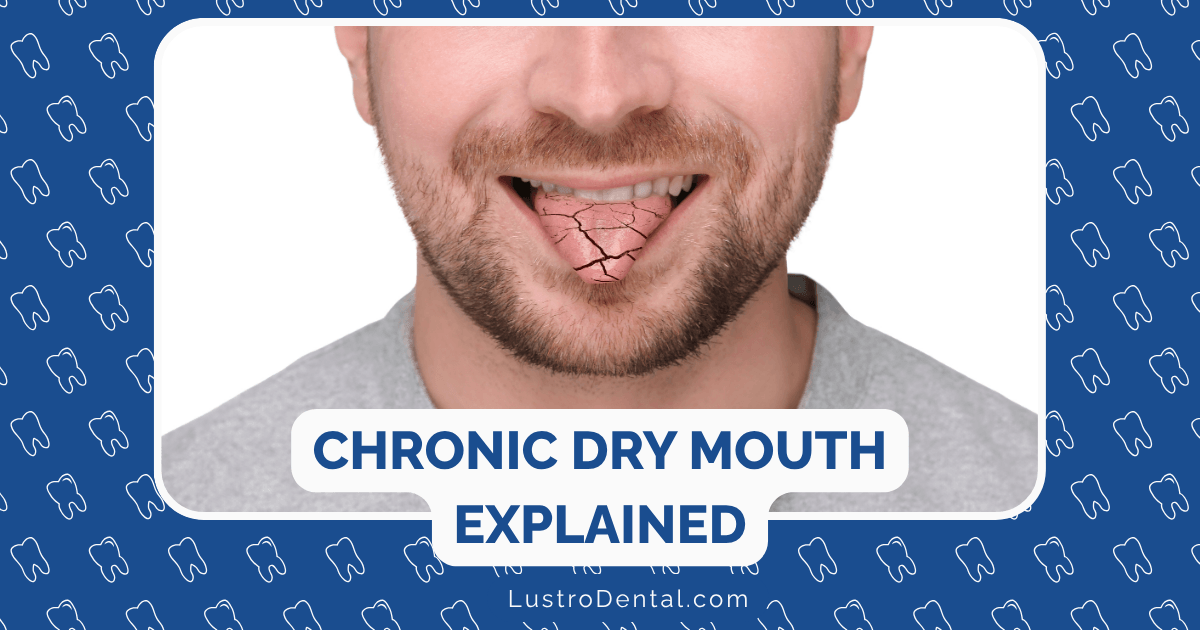Sport-Specific Dental Risks: Protecting Your Smile in Different Activities
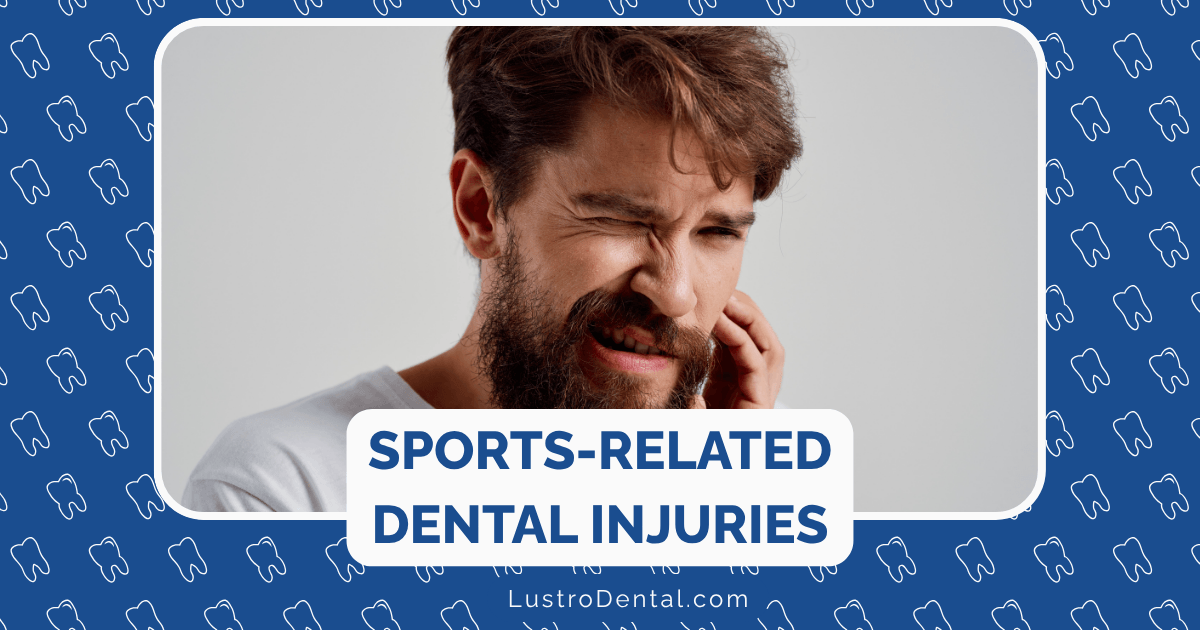
As a dental health advocate who has worked with athletes across various sports, I’ve witnessed firsthand the devastating impact that sports-related dental injuries can have—not just on an athlete’s smile, but on their confidence, performance, and wallet. With over 5 million teeth avulsed (knocked out) each year in the United States alone and treatment costs that can reach $20,000 per tooth over a lifetime, the stakes are high when it comes to protecting your dental health during athletic activities.
What many athletes don’t realize is that each sport carries its own unique set of dental risks. The protection strategies that work for a football player might be insufficient for a swimmer, while a basketball player faces different challenges than a cyclist. Understanding these sport-specific risks is the first step toward implementing effective protection measures.
In this comprehensive guide, we’ll explore the dental risks associated with various sports and provide tailored protection strategies to keep your smile intact, regardless of your athletic pursuits.
The Prevalence of Sports-Related Dental Injuries
Before diving into sport-specific risks, let’s understand the scope of the problem. According to the American Dental Association:
- Sports-related activities account for approximately 40% of all dental injuries in the United States
- The overall prevalence of dentofacial injuries among collision sports participants is 27.6%
- Athletes are 60 times more likely to sustain damage to their teeth when not wearing a protective mouthguard
- Despite these statistics, studies show that nearly 40% of parents report their children never wear a mouthguard during sports practices or games
These numbers highlight a significant gap between the recognized risk of dental injuries in sports and the preventive measures actually being taken by athletes. Let’s bridge this gap by examining the specific risks associated with different types of sports.
High-Impact Contact Sports: Where Dental Trauma Is Most Common
Football
Primary Dental Risks:
- Direct impact to the face from tackles and collisions
- Helmet-to-face contact
- Falls onto hard surfaces
- Potential for jaw fractures and multiple tooth injuries
Common Injuries: Football players frequently experience tooth fractures, especially to the front teeth, as well as tooth displacement and soft tissue lacerations. The force of impact can also lead to temporomandibular joint (TMJ) injuries.
Protection Strategies:
- Mandatory mouthguards: Both the NCAA and the National Federation of State High School Associations (NFHS) require football players to wear mouthguards.
- Helmet with face shield: While primarily designed to protect the head and face, properly fitted helmets with face shields provide an additional layer of protection for the mouth area.
- Custom-fitted mouthguards: These provide superior protection compared to stock or boil-and-bite alternatives, with studies showing significantly lower injury rates.
Case Study: A 2014 study published in General Dentistry found that high school football players wearing store-bought mouthguards were more than twice as likely to suffer concussions and dental injuries compared to those wearing custom-fitted mouthguards (8.3% vs. 3.6% injury rate).
Hockey (Ice and Field)
Primary Dental Risks:
- High-velocity pucks (reaching speeds over 100 mph)
- Stick strikes to the face
- Player-to-player collisions
- Falls onto ice or field
Common Injuries: Hockey players are particularly vulnerable to complete tooth avulsions (teeth being knocked out entirely) and crown fractures. The “hockey smile”—missing front teeth—has unfortunately become an iconic image in the sport.
Protection Strategies:
- Full face shields or cages: These provide comprehensive protection for the entire face, including the mouth.
- High-impact custom mouthguards: Due to the extreme forces involved in hockey, thicker mouthguards with additional protection in the front are recommended.
- Double mouthguards: Some professional players opt for protection on both upper and lower teeth.
Expert Insight: “Hockey presents unique challenges for dental protection due to the combination of high-velocity projectiles and player-to-player contact,” notes Dr. Ray Padilla, former team dentist for the NHL’s Anaheim Ducks. “A properly fitted custom mouthguard is essential, but should be considered just one component of a comprehensive facial protection strategy.”
Rugby
Primary Dental Risks:
- Lack of mandatory helmet protection
- Frequent face-to-face tackles
- Scrum collisions
- Falls during high-speed play
Common Injuries: Rugby players experience high rates of dental trauma, with studies indicating that the sport accounts for 22%-33% of all sports-related dental injury insurance claims in some countries. Tooth displacement, fractures, and soft tissue injuries are particularly common.
Protection Strategies:
- Rugby-specific mouthguards: These typically feature additional thickness in the front and reinforced occlusal (biting) surfaces.
- Proper tackling technique: Learning to tackle with the shoulders rather than leading with the head can reduce dental injury risk.
- Regular dental check-ups: Due to the high risk nature of the sport, rugby players should have more frequent dental evaluations to catch early signs of damage.
Interesting Fact: Rugby players show the highest compliance with mouthguard use among all athletes, with studies indicating usage rates above 95% among professional players—significantly higher than basketball (7-43%) or soccer (2-5%) players.
Court and Field Sports: Underestimated Dental Danger Zones
Basketball
Primary Dental Risks:
- Elbow or shoulder strikes during rebounds
- Falls onto the court
- Ball impacts to the face
- Inadvertent player collisions
Common Injuries: Despite not being traditionally categorized as a “collision sport,” basketball actually has one of the highest rates of dental injuries. Studies show basketball players have a fivefold increase in risk for dental trauma compared to football players—largely due to lower rates of mouthguard usage.
Protection Strategies:
- Mouthguard adoption: Though not mandated in most leagues, mouthguards should be standard equipment.
- Proper court awareness: Learning to protect the face during rebounds and close-quarters play.
- Face shields: For players returning from facial injuries, temporary protective masks can provide additional protection.
Statistical Insight: A study of 70,936 college basketball players found that dental injury rates were five times lower among those wearing custom-fitted mouthguards compared to non-wearers.
Soccer
Primary Dental Risks:
- Head-to-head collisions during aerial challenges
- Elbow strikes while jockeying for position
- Ball impacts to the face (a soccer ball can travel at 50-70 mph)
- Falls during tackles
Common Injuries: Soccer players frequently experience crown fractures and tooth luxations (teeth that are loosened but not completely knocked out). The upper front teeth are most commonly affected.
Protection Strategies:
- Mouthguards during both practice and games: Despite low adoption rates, mouthguards significantly reduce injury risk.
- Proper heading technique: Learning to head the ball with the forehead rather than taking impacts on the face.
- Face masks: For players recovering from facial injuries, protective masks can prevent reinjury.
Expert Recommendation: “Soccer players often resist mouthguards due to concerns about communication and breathing, but newer custom designs address these issues while providing crucial protection,” explains Dr. Mark Roettger, Director of the Division of Oral and Maxillofacial Surgery at the University of Minnesota. “The minimal impact on performance is far outweighed by the significant reduction in dental injury risk.”
Combat Sports: Where Dental Protection Is Non-Negotiable
Boxing and MMA
Primary Dental Risks:
- Direct punches to the face
- Kicks to the head region
- Clinch strikes
- Impact against ropes or cage
Common Injuries: Combat sports athletes experience the full spectrum of dental trauma, from fractured teeth and jaw injuries to complete avulsions. The repetitive nature of impacts can also lead to chronic issues with existing dental work.
Protection Strategies:
- Mandatory professional-grade mouthguards: Boxing is one of the few sports that universally mandates mouthguard use at all levels.
- Double mouthguards: Protection for both upper and lower teeth is increasingly common.
- Regular dental monitoring: Combat athletes should have more frequent dental check-ups to address cumulative damage.
Design Considerations: Combat sport mouthguards typically feature thicker frontal protection, reinforced occlusal surfaces, and sometimes special shock-absorbing materials to handle the extreme direct impacts common in these sports.
Martial Arts
Primary Dental Risks:
- Varies by discipline (striking vs. grappling arts)
- Direct strikes in karate, taekwondo, and kickboxing
- Accidental collisions in judo and jiu-jitsu
- Falls and throws
Common Injuries: The type and frequency of dental injuries vary significantly across martial arts disciplines. Striking arts like karate and taekwondo see more acute traumatic injuries, while grappling arts like judo and wrestling tend to produce more gradual wear and pressure-related damage.
Protection Strategies:
- Discipline-specific mouthguards: Different martial arts require different levels of protection.
- Face shields and helmets: For training and competitions in striking arts.
- Proper falling technique: Learning to fall without face impact can prevent many dental injuries.
Statistical Insight: A 2023 study found that 78.09% of sports science professionals believe amateur kickboxing requires mouthguards, followed by 66.96% for taekwondo and 64.87% for karate, indicating recognition of the varying risks across different martial arts disciplines.
Non-Contact Sports: Hidden Dental Dangers
Many athletes in “non-contact” sports are surprised to learn that they also face significant dental risks—albeit of a different nature than collision sport athletes.
Swimming
Primary Dental Risks:
- Chemical erosion from chlorinated pool water
- Potential for impacts against pool walls or other swimmers
- Clenching during exertion
Common Issues: “Swimmer’s erosion” is characterized by enamel erosion due to exposure to improperly maintained pool water with low pH levels. Studies show competitive swimmers (training 6+ hours weekly) can experience significant enamel erosion, tooth sensitivity, and staining.
Protection Strategies:
- Rinsing with fresh water: Immediately after swimming sessions to neutralize acidic exposure.
- Fluoride treatments: Regular professional applications can help strengthen enamel against erosion.
- Waiting 30-60 minutes after swimming before brushing: This allows saliva to naturally remineralize teeth before mechanical brushing.
Research Finding: A study published in the European Journal of Applied Physiology found that swimmers exposed to chlorinated water had a significantly higher risk of dental erosion—more than 15 times the odds compared to non-swimmers who did not consume sports drinks.
Cycling
Primary Dental Risks:
- Falls and crashes (facial impact with ground, obstacles, or other cyclists)
- Clenching during intense exertion
- Dehydration affecting saliva production
- High consumption of sports drinks and energy gels
Common Issues: Cyclists face both traumatic injuries from accidents and gradually developing issues like enamel erosion from sports nutrition products and dry mouth during long rides.
Protection Strategies:
- Proper helmet fit: Ensuring the helmet provides some facial protection in case of falls.
- Hydration with water: Alternating sports drinks with water to rinse away acidic and sugary residues.
- Custom mouthguards for downhill/mountain biking: These higher-risk cycling disciplines warrant additional protection.
Practical Tip: “Cyclists should consider carrying a small bottle of neutral pH water specifically for rinsing their mouth after consuming sports nutrition products during rides,” recommends Dr. Paul Rosen, clinical professor of periodontics. “This simple step can significantly reduce the erosive potential of these products without affecting their performance benefits.”
Tennis and Golf
Primary Dental Risks:
- Equipment impacts (balls, racquets, clubs)
- Falls on court
- Clenching during powerful serves or swings
Common Issues: While less frequent than in other sports, dental injuries in tennis and golf typically occur from unexpected equipment impacts or falls. Additionally, many players experience issues related to teeth clenching during powerful strokes.
Protection Strategies:
- Awareness of surroundings: Particularly in doubles tennis or crowded driving ranges.
- Night guards for clenchers: Athletes who clench during play often continue this habit at night.
- Proper hydration: Maintaining saliva flow to protect against dry mouth and related issues.
Case Study: Professional golfer Bryson DeChambeau has openly discussed using a specially designed mouthguard during training and competition to prevent damage from teeth clenching during his powerful drives.
Special Considerations for Different Athletic Populations
Youth Athletes
Young athletes face unique dental challenges due to their developing dentition:
Special Risks:
- Developing permanent teeth are more susceptible to displacement
- Mixed dentition (combination of primary and permanent teeth) complicates protection
- Growth changes require frequent mouthguard replacement
- Higher likelihood of orthodontic appliances
Tailored Protection Strategies:
- Regularly updated mouthguards: Replace at least every season to accommodate growth.
- Orthodontic-specific mouthguards: Special designs for athletes with braces.
- Education on emergency protocols: Teaching young athletes and coaches proper procedures for dental emergencies.
Important Statistic: According to the National Youth Sports Safety Foundation, athletes who don’t wear mouthguards are 60 times more likely to sustain dental injuries—a particularly concerning figure for developing mouths.
Professional Athletes
Elite athletes have additional considerations:
Special Risks:
- Higher intensity of play increases injury potential
- Career implications of dental injuries (missed playing time, performance impacts)
- Media visibility of dental appearance
- Potential for repeated injuries to the same area
Tailored Protection Strategies:
- Multiple custom mouthguards: Having several professionally fitted guards for different training and competition scenarios.
- Regular dental assessments: More frequent evaluations to catch early signs of problems.
- Immediate access to dental professionals: Many professional teams now have dentists as part of their medical staff.
Professional Insight: “For elite athletes, dental injuries can mean more than just physical pain—they can impact performance, public image, and career longevity,” notes Dr. Jeffrey Hoy, team dentist for multiple professional sports teams. “Proactive protection should be viewed as an essential component of performance optimization, not just injury prevention.”
Emerging Trends in Sports Dental Protection
The field of sports dentistry continues to evolve with new technologies and approaches:
Advanced Materials
Newer mouthguard materials offer improvements in several key areas:
- Multi-layered protection: Combining different densities of materials to absorb and distribute impact forces
- Thinner yet stronger designs: Allowing for better breathing and communication without sacrificing protection
- Antimicrobial properties: Reducing bacterial growth on mouthguards during use
Digital Fabrication
Digital scanning and fabrication technologies are transforming custom mouthguard creation:
- 3D oral scanning: Creating precise digital models without uncomfortable traditional impressions
- Computer-aided design: Optimizing thickness in high-risk areas while reducing bulk elsewhere
- 3D printing: Allowing for rapid fabrication of custom designs
Biofeedback Integration
Some advanced mouthguards now incorporate technology that provides valuable data:
- Impact sensors: Measuring and recording force of impacts to help identify potential injury situations
- Biometric tracking: Monitoring breathing patterns, hydration levels, and other performance factors
- Real-time feedback: Providing athletes and coaches with immediate information about potential issues
Creating Your Sport-Specific Dental Protection Plan
Based on the sport-specific risks we’ve discussed, here’s a framework for developing your personalized dental protection strategy:
Step 1: Assess Your Risk Level
Consider these factors to determine your overall risk:
- Sport type: Contact, limited-contact, or non-contact
- Position played: Some positions face higher risks (e.g., goalkeeper in soccer)
- Competition level: Higher levels typically involve greater intensity and injury risk
- Personal dental history: Previous injuries or dental work increase vulnerability
- Age and development stage: Growing athletes have different needs than adults
Step 2: Choose Appropriate Protection
Based on your risk assessment:
High Risk (Contact/Collision Sports):
- Custom-fitted, professional-grade mouthguard (3-4mm thickness)
- Consider additional face protection when appropriate
- Potentially upper and lower protection for combat sports
Moderate Risk (Limited-Contact Sports):
- Custom-fitted or high-quality boil-and-bite mouthguard
- Sport-specific design considerations
- Situational use of face protection
Chemical/Erosion Risk (Swimming, Endurance Sports):
- Regular fluoride treatments
- Post-activity mouth rinse protocols
- Balanced hydration strategy (water vs. sports drinks)
Step 3: Implement Proper Maintenance
Protect your investment in dental protection:
- Clean mouthguard after each use with cool water and mild soap
- Store in a ventilated case to prevent bacterial growth
- Inspect regularly for signs of wear, thinning, or damage
- Replace according to manufacturer recommendations or when showing signs of wear
- Bring to dental appointments for professional assessment
Step 4: Develop an Emergency Action Plan
Know what to do if a dental injury occurs:
- For avulsed (knocked-out) teeth: Place in milk or Save-a-Tooth solution and seek immediate dental care (within 30-60 minutes for best prognosis)
- For fractured teeth: Collect fragments if possible and seek prompt dental evaluation
- For displaced teeth: Avoid manipulation and seek immediate professional care
- For soft tissue injuries: Apply gentle pressure with clean gauze and seek medical evaluation for significant lacerations
The Financial Perspective: Prevention vs. Treatment
When athletes or parents hesitate about investing in quality dental protection, consider these financial realities:
- Average cost of a custom-fitted mouthguard: $150-$500
- Lifetime cost to treat a single avulsed tooth: $5,000-$20,000
- Average cost of a dental crown: $800-$1,500 per tooth
- Root canal therapy: $700-$1,500 per tooth
- Dental implant and restoration: $3,000-$6,000 per tooth
The return on investment for proper dental protection becomes clear when comparing these figures—not to mention the incalculable costs of pain, missed participation time, and potential long-term complications.
Advocating for Better Protection Policies
As a dental health advocate, I believe we need broader implementation of protection policies:
- Mandated mouthguard use: Expanding requirements beyond the current limited sports (football, ice hockey, lacrosse, field hockey)
- Education programs: Implementing dental injury prevention education for coaches, parents, and athletes
- Insurance incentives: Encouraging dental insurance providers to offer premium reductions for athletes using proper protection
- School and league policies: Developing comprehensive oral health policies for athletic programs
Conclusion: A Smile Worth Protecting
Your smile is worth protecting, regardless of your sport or activity level. By understanding the specific dental risks associated with your athletic pursuits and implementing appropriate protection strategies, you can significantly reduce your chance of experiencing a dental injury.
Remember that dental injuries in sports are largely preventable. The minimal investment in proper protection—both in terms of money and minor adjustments to comfort—pales in comparison to the potential consequences of inadequate protection.
Whether you’re a weekend warrior or an elite athlete, taking a proactive approach to dental protection allows you to focus on what matters most: enjoying your sport with confidence and peace of mind.
Have you experienced a sports-related dental injury, or do you have questions about the best protection for your specific activity? Share your experiences or questions in the comments below, and let’s continue this important conversation.
Disclaimer: This article is for informational purposes only and does not constitute medical or dental advice. Always consult with qualified healthcare providers regarding any medical or dental conditions or concerns.


